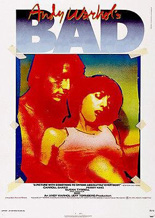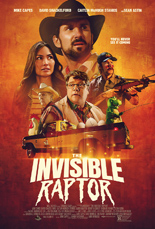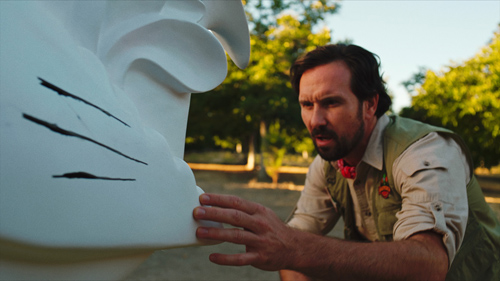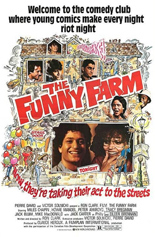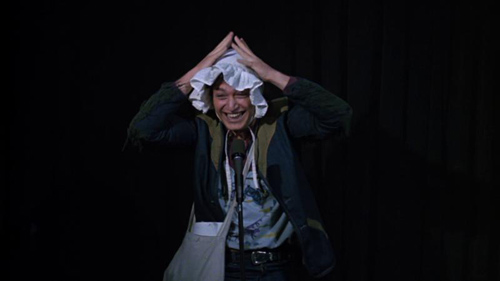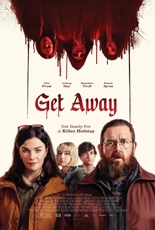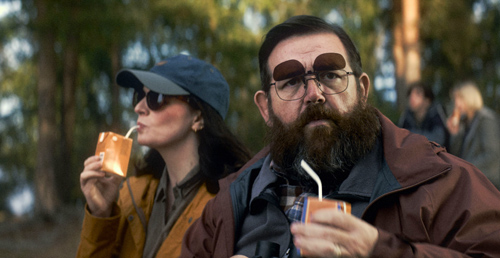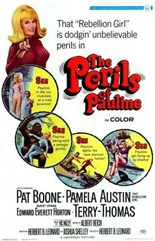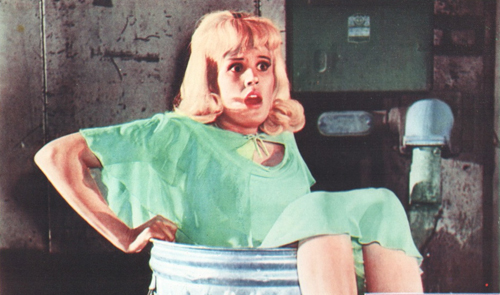
In 1977, John Waters released the filthy Desperate Living, one of his most underrated features and, to be sure, one of his best. On the other hand, famed pop artist Andy Warhol’s film editor Jed Johnson directed his own filthy ditty, Andy Warhol’s Bad, and, true to its name, it really wasn’t very good.
In fact, it’s Bad.
Sure, Bad had the Waters vibe of the Baltimore suburban dystopia, all played for full belly snorts and unrushed chortles, but Waters’ own artistry and persona made all his films so unique. At times, his amateurish bravado made his films better.
Bad has none of that. Sure, Johnson had the low-class substrata, the skid-marked panties and a brutally nasty tone, but unlike Waters’ work, Johnson’s film doesn’t have the well-oiled crotch or the well-timed heart. Just a bunch of people acting like assholes.
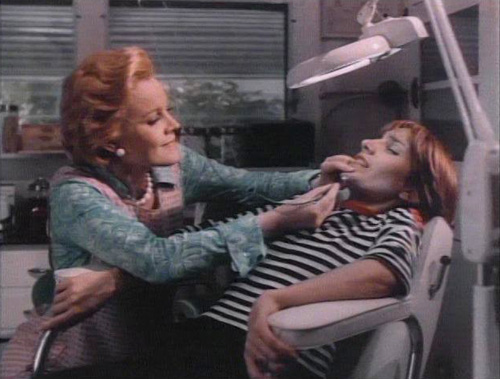
Starting with the boozy theme song courtesy of blues musician Mike Bloomfield, the movie starts with an overflowing public toilet and, sadly, doesn’t get better. Drifter L.T. (a pre-Riptide Perry King) gets in the murder-for-hire business for downbeat electrolysis pimp Hazel (Carroll Baker, 1978’s Cyclone). L.T.’s a sleazy dude who struts around waiting for the phone while stealing from his landlord as she puts broken glass on the floor for him to step on.
Waiting for the call, he encounters all the women in Hazel’s service, including an oversexed Italian ice queen; Hazel’s undersexed, long-suffering welfare daughter (Susan Tyrrell, Avenging Angel); and a pair of sisters who are psycho-sexual arsonists and stab a dog in the street.
It all culminates when not only does L.T. strikes an autistic child many times on his job, but when a woman throws a screaming child out the window that, of course, causes it to splat on the street, all for comedy … right?
I am all for the blackest comedy around — seriously! — but you need to have even slight tittering somewhere in there, even for the most uncomfortable jokes. Instead, Warhol and company thought they were woefully posturing around the New York art scene, yet they were the only audience for it. It’s sad this could have been something but when a bad joke isn’t a joke at all, it becomes a tarnished insult.
The direction is bad, the script is bad, the performances are bad and, worst, the comedy is bad. At least Paul Morrissey could set up a camera and a joke. —Louis Fowler

